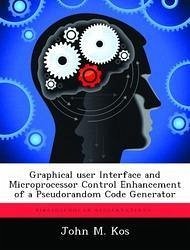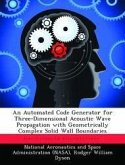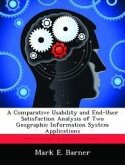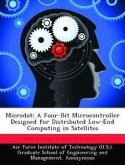Modern digital communication techniques often require the generation of pseudorandom numbers or sequences. The ability to quickly and easily produce various codes such as maximal length codes, Gold codes, Jet Propulsion Laboratory ranging codes, syncopated codes, and nonlinear codes in a laboratory environment is essential. This thesis addresses the issue of providing automated computer control to previously built, manually controlled hardware incorporating the Stanford Telecom STEL-1032 Pseudo-Random Number (PRN) Coder. By incorporating a microcontroller into existing hardware, the STEL-1032 can now be conveniently controlled from a MATLAB Graphical User Interface (GUI). The user can quickly create, save, and recall various setups for the STEL-1032 in an easy to use GUI environment. In addition to having complete control of the STEL-1032's internal actions, the microcontroller adds an extra measure of control possibilities by using various signals as possible interrupt sources. The microcontroller can sample the STEL-1032's various outputs at a rate up to 320 kHz and the data can be imported directly into MATLAB for further analysis.








